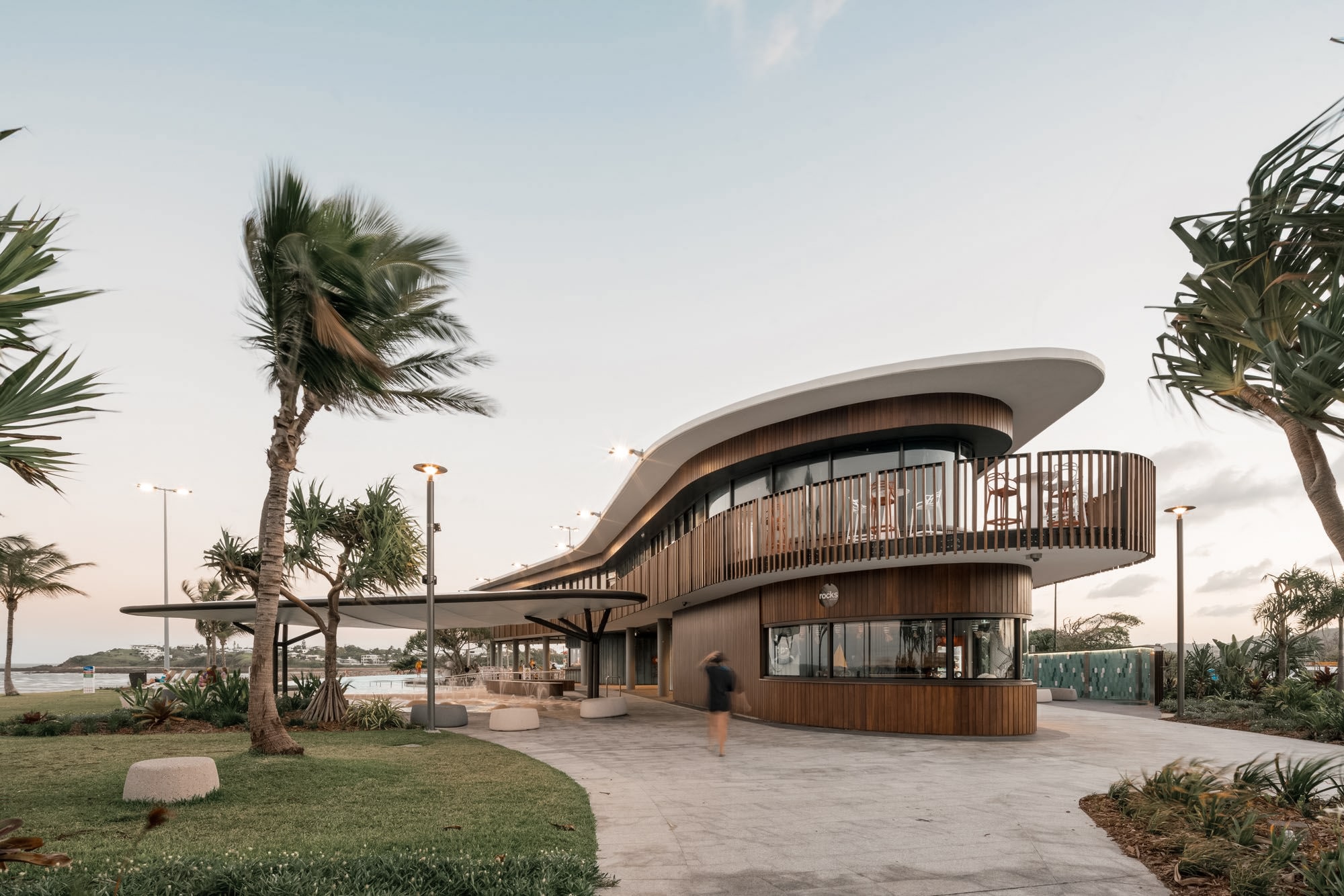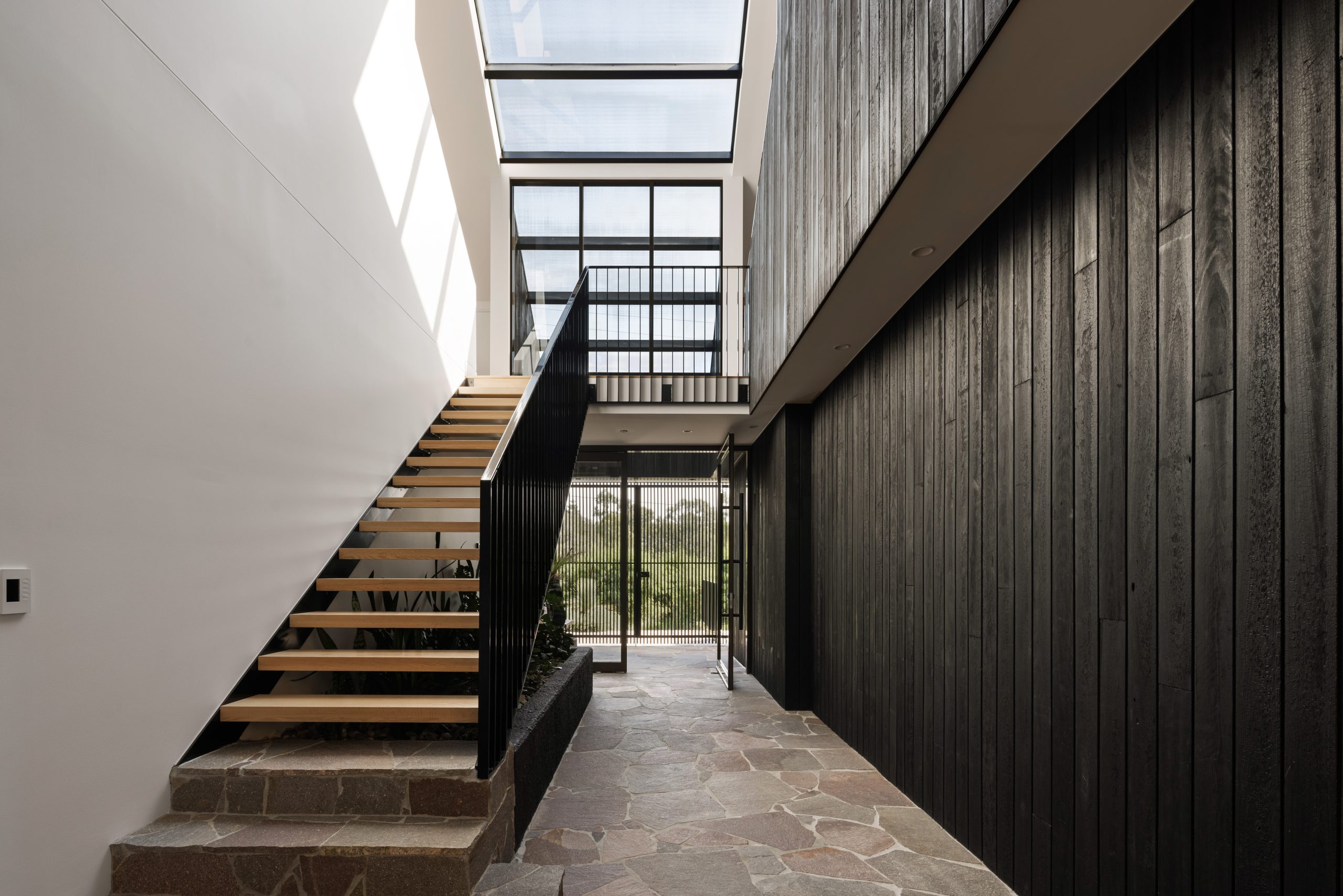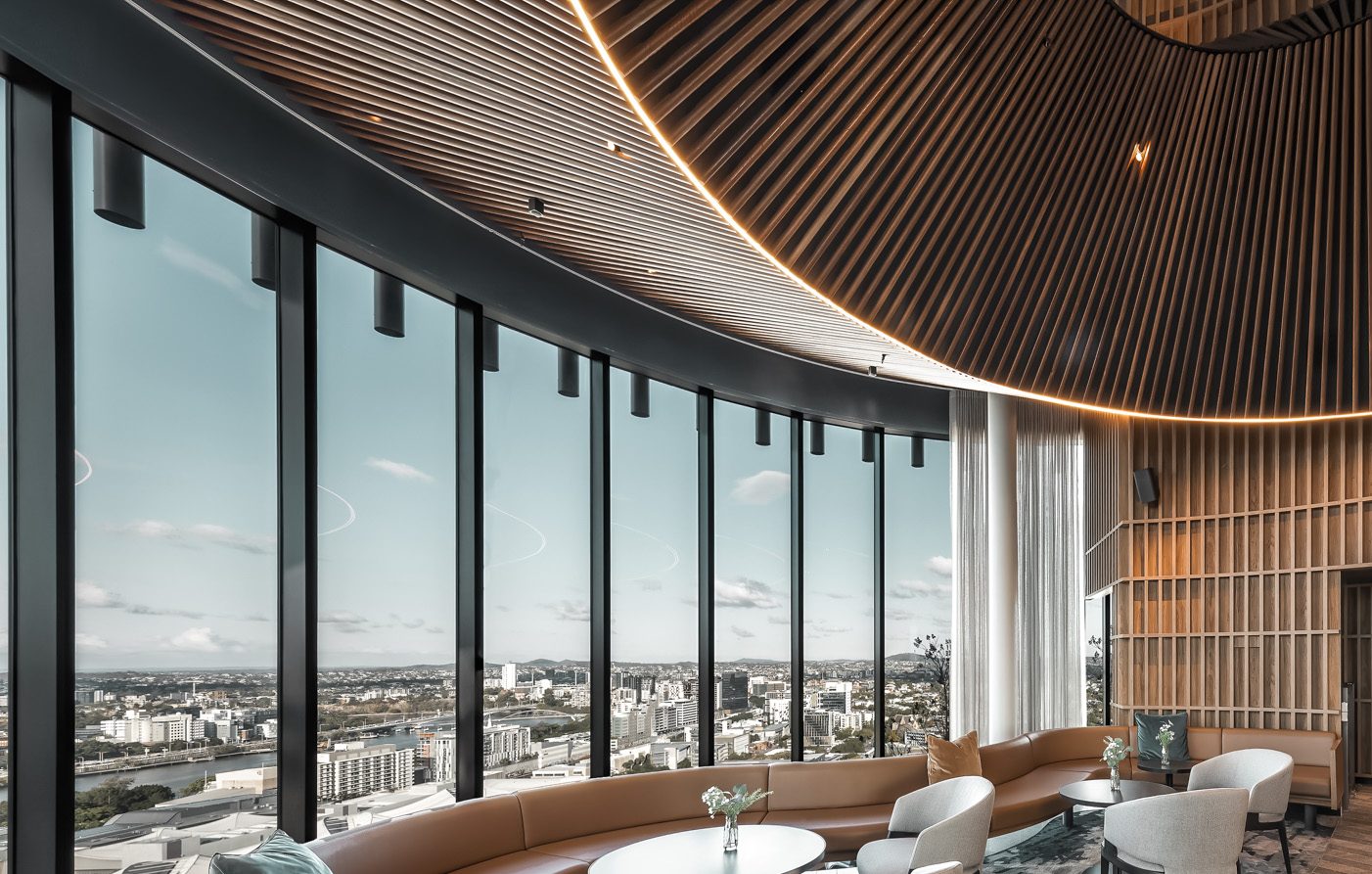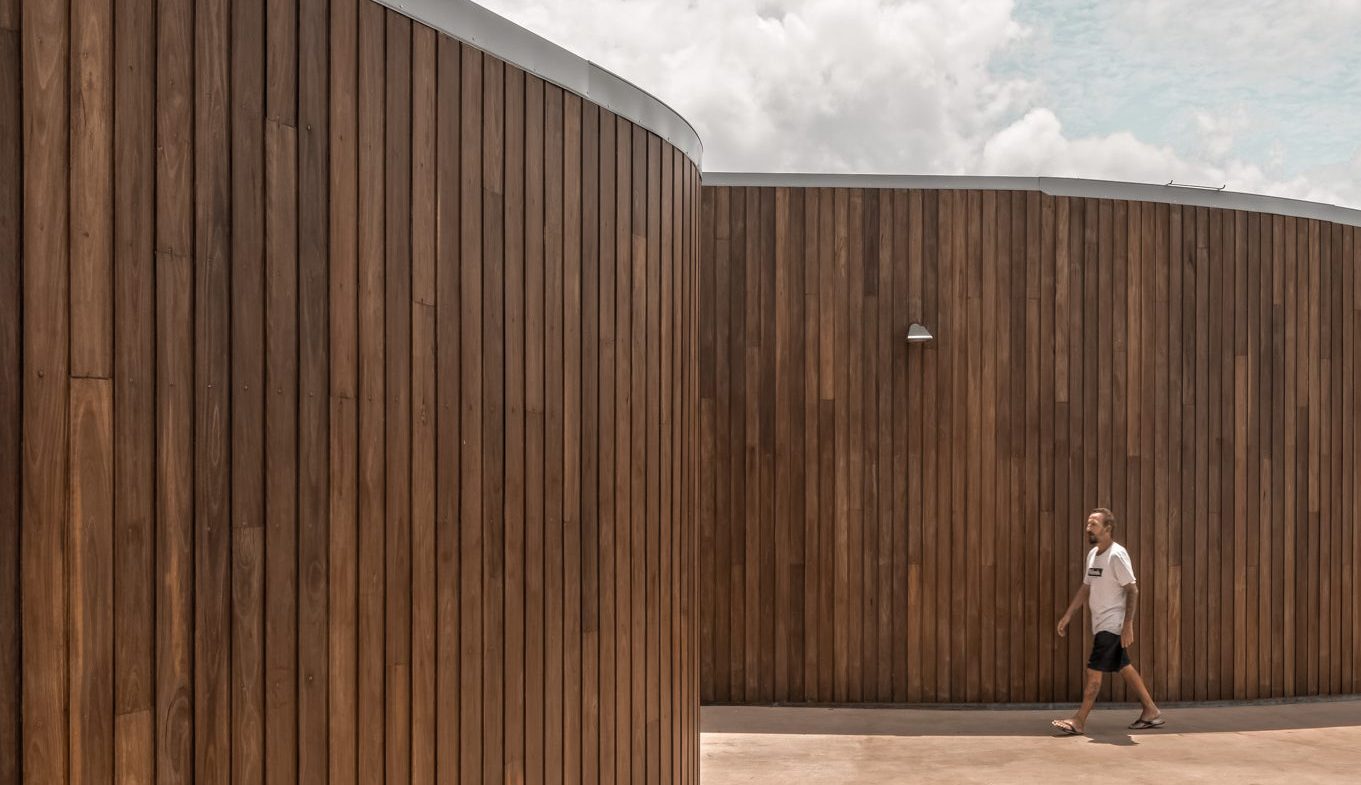
Why Use Spotted Gum For Architectural Claddings or Linings?
Spotted Gum is one of Australia’s most commonly used timber species in design and construction for external cladding, linings, timber screening, and decking. Spotted Gum is well known for its durability (Class 1 Durability) and BAL29 fire rating, providing resistance to bushfires.

What is Spotted Gum timber?
Spotted Gum is a premium hardwood tree native to Australia, belonging to the Corymbia and Eucalyptus genera. It is highly valued for its strength, durability, and attractive appearance, making it a popular choice for various construction projects. The timber of the Spotted Gum tree is characterized by its distinctive spotted or mottled appearance caused by the shedding of patches of bark. It has a range of colors from pale to dark brown, with occasional streaks of reddish-brown or gray.

What is Spotted Gum use for?
Spotted Gum cladding is commonly used for exterior wall cladding on buildings. Cladding refers to the application of one material over another to provide a protective layer or an aesthetic finish. Spotted Gum cladding offers several benefits:
Durability: Spotted Gum is known for its natural durability and resistance to decay, making it suitable for exterior applications where it will be exposed to weather elements.
Aesthetic Appeal: The distinctive appearance of spotted gum, with its mottled or spotted pattern and range of warm colors, adds visual interest and natural beauty to buildings.
Strength: Spotted gum is a hardwood known for its strength and stability, providing structural integrity when used as cladding.
Low Maintenance: Once installed, spotted gum cladding requires minimal maintenance, typically periodic cleaning to remove dirt and debris.
Versatility: Spotted Gum cladding can be used in a variety of architectural styles, from traditional to contemporary, and complements both residential and commercial buildings.
Overall, spotted gum cladding is valued for its combination of aesthetic appeal, durability, and low maintenance requirements, making it a popular choice for exterior wall cladding in many construction projects.

Can Spotted Gum be use for Shou Sugi Ban charred cladding?
Shou Sugi Ban, or charred cladding, is a traditional Japanese technique dating back to the 18th century in Japan. In Australia, Spotted Gum is one of the most common and durable timber species used to create charred cladding, preserving the timber. Shou Sugi Ban preserves timber and makes it resistant to mold and rot, making it more durable.
Click here to view our Shou Sugi Ban or Charred Cladding collections.

Using Spotted Gum for ceiling linings and Clip-On Battens?
Spotted Gum is a common timber species used for architectural ceilings and acoustic ceiling design. Spotted Gum has greater acoustic properties than materials like aluminium and offers natural aesthetics.
Spotted Gum can be easily stained and coated in different colours for creative purposes.
Click here to view our complete Spotted Gum timber profiles and collections.

Advantage of using Spotted Gum for external cladding?
Spotted Gum is often chosen for external cladding due to its BAL29 fire rating. BAL29 is the highest bushfire attack level rating that can be achieved by any timber species.
Additionally, Spotted Gum is ideal for external cladding as it is very durable structurally and exhibits excellent termite resistance.